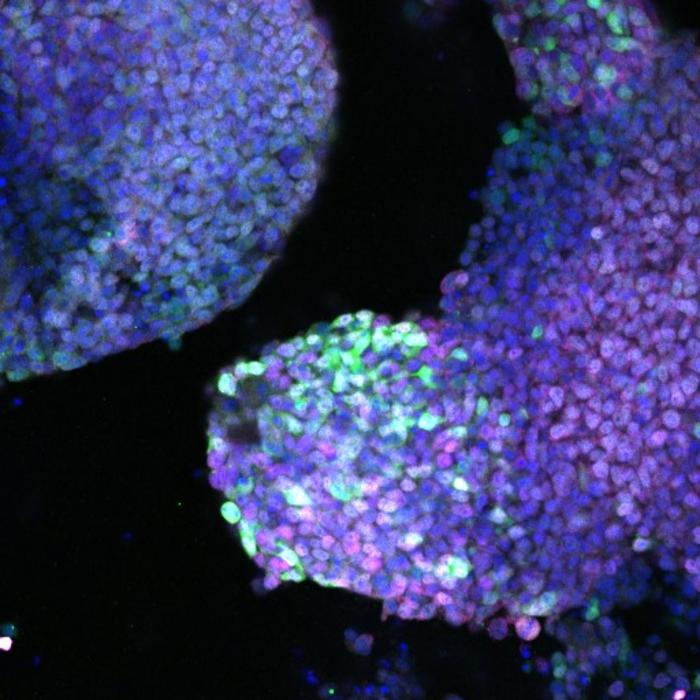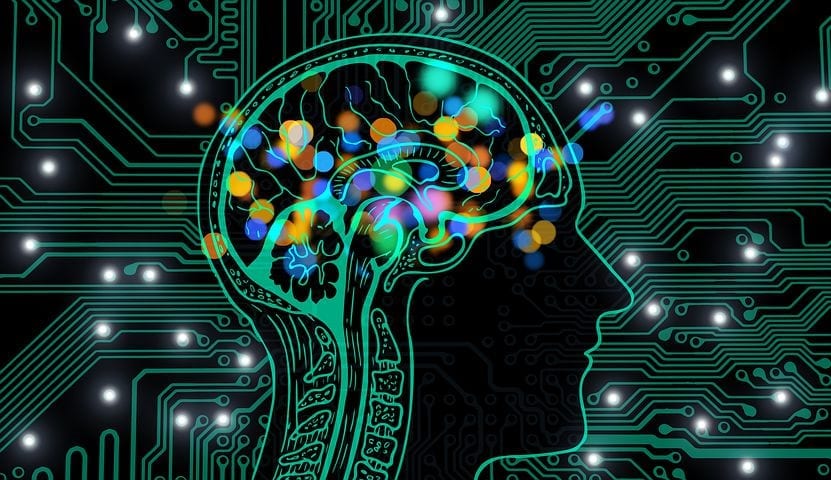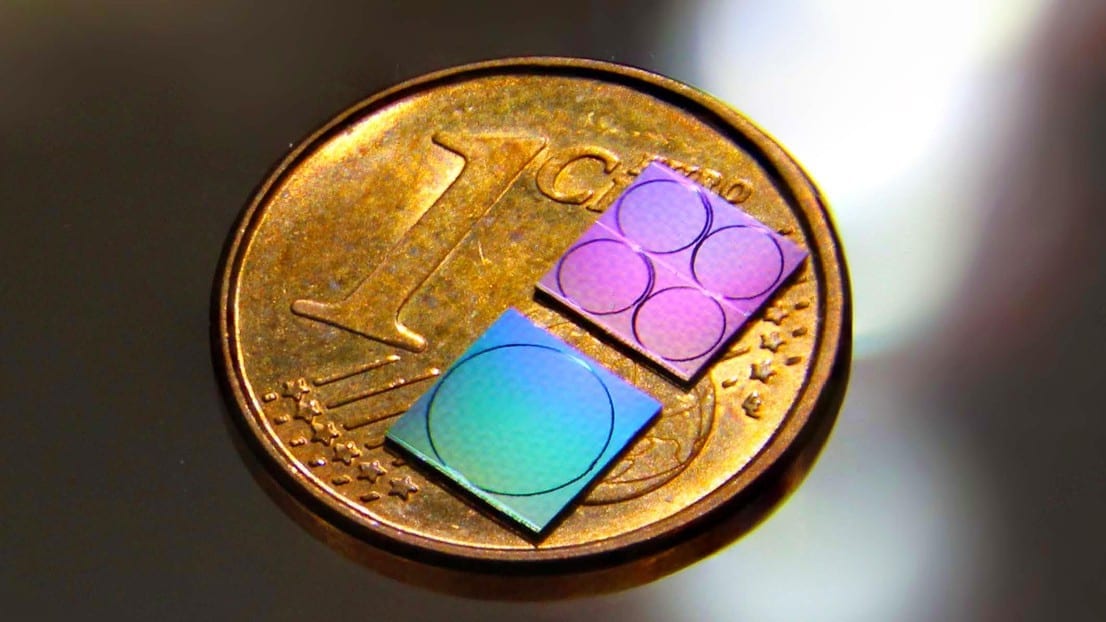via Unite AI
Researchers from Carnegie Mellon University (CMU) and the University of Pittsburgh (Pitt) have published research in Nature Biomedical Engineering that will drastically improve brain-computer interfaces and their ability to remain stabilized during use, greatly reducing or potentially eliminating the need to recalibrate these devices during or between experiments.
Brain-computer interfaces (BCI) are devices that enable individuals with motor disabilities such as paralysis to control prosthetic limbs, computer cursors, and other interfaces using only their minds. One of the biggest problems facing BCI used in a clinical setting is instability in the neural recordings themselves. Over time, the signals picked up by BCI can vary, and a result of this variation is that an individual can lose the ability to control their BCI.
As a result of this loss of control, researchers ask the user to go through a recalibration session which requires them to stop what they’re doing and reset the connection between their mental commands and the tasks being performed. Typically, another human technician is involved just to get the system to work.
“Imagine if every time we wanted to use our cell phone, to get it to work correctly, we had to somehow calibrate the screen so it knew what part of the screen we were pointing at,” says William Bishop, who was previously a Ph.D. student and postdoctoral fellow in the Department of Machine Learning at CMU and is now a fellow at Janelia Research Campus. “The current state of the art in BCI technology is sort of like that. Just to get these BCI devices to work, users have to do this frequent recalibration. So that’s extremely inconvenient for the users, as well as the technicians maintaining the devices.”
The paper presents a machine learning algorithm that accounts for these varying signals and allows the individual to continue controlling the BCI in the presence of these instabilities. By leveraging the finding that neural population activity resides in a low-dimensional “neural manifold,” the researchers can stabilize neural activity to maintain good BCI performance in the presence of recording instabilities.
We have figured out a way to take different populations of neurons across time and use their information to essentially reveal a common picture of the computation that’s going on in the brain, thereby keeping the BCI calibrated despite neural instabilities.”Alan Degenhart, Postdoctoral Researcher, Electrical and Computer Engineering
“When we say ‘stabilization,’ what we mean is that our neural signals are unstable, possibly because we’re recording from different neurons across time,” explains Alan Degenhart, a postdoctoral researcher in electrical and computer engineering at CMU. “We have figured out a way to take different populations of neurons across time and use their information to essentially reveal a common picture of the computation that’s going on in the brain, thereby keeping the BCI calibrated despite neural instabilities.”
The researchers aren’t the first to propose a method for self-recalibration; the problem of unstable neural recordings has been up in the air for a long time. A few studies have proposed self-recalibration procedures, but have faced the issue of dealing with instabilities. The method presented in this paper is able to recover from catastrophic instabilities because it doesn’t rely on the subject performing well during the recalibration.
“Let’s say that the instability were so large such that the subject were no longer able to control the BCI,” explains Byron Yu, a professor of electrical and computer engineering and biomedical engineering at CMU. “Existing self-recalibration procedures are likely to struggle in that scenario, whereas in our method, we’ve demonstrated it can in many cases recover from those catastrophic instabilities.”
“Neural recording instabilities are not well characterized, but it’s a very large problem,” says Emily Oby, a postdoctoral researcher in neurobiology at Pitt. “There’s not a lot of literature we can point to, but anecdotally, a lot of the labs that do clinical research with BCI have to deal with this issue quite frequently. This work has the potential to greatly improve the clinical viability of BCIs, and to help stabilize other neural interfaces.”
The Latest Updates from Bing News & Google News
Go deeper with Bing News on:
Brain-computer interfaces
- Dutch startup to test hearing via brain-computer interface
MindAffect has raised new funding for its hearing diagnostics solution that uses brain-computer interface technology.
- Tether Acquires Stake in Brain-Computer-Interface Firm Blackrock Neurotech
Tether, which claims to be one of the largest companies in the digital asset industry, announced that it has made a strategic investment.
- Stablecoin Giant Tether Pours $200,000,000 Into New ‘Brain-Computer-Interface’ Company BlackRock Neurotech
The firm behind the top US dollar-pegged stablecoin by market cap is investing hundreds of millions of dollars in a "brain-computer-interface" (BCI) company.
- Stablecoin issuer Tether invests US$200 million in brain-computer interface company
TETHER Holdings, the issuer of the biggest stablecoin, said it invested US$200 million in Blackrock Neurotech, a maker of brain-computer interface technology. Read more at The Business Times.
- Stablecoin Issuer Tether Invests $200 Million in Brain-Computer Interface Company
Tether Holdings Ltd., the issuer of the biggest stablecoin, said it invested $200 million in Blackrock Neurotech, a maker of brain-computer interface technology.
Go deeper with Google Headlines on:
Brain-computer interfaces
[google_news title=”” keyword=”brain-computer interfaces” num_posts=”5″ blurb_length=”0″ show_thumb=”left”]
Go deeper with Bing News on:
Brain-computer interface instabilities
- China Has a Controversial Plan for Brain-Computer Interfaces
China's brain-computer interface technology is catching up to the US. But it envisions a very different use case: cognitive enhancement.
- Dutch startup to test hearing via brain-computer interface
MindAffect has raised new funding for its hearing diagnostics solution that uses brain-computer interface technology.
- Tether Acquires Stake in Brain-Computer-Interface Firm Blackrock Neurotech
Tether, which claims to be one of the largest companies in the digital asset industry, announced that it has made a strategic investment.
- Stablecoin Giant Tether Pours $200,000,000 Into New ‘Brain-Computer-Interface’ Company BlackRock Neurotech
The firm behind the top US dollar-pegged stablecoin by market cap is investing hundreds of millions of dollars in a "brain-computer-interface" (BCI) company.
- Stablecoin Issuer Tether Invests $200 Million in Brain-Computer Interface Company
Tether Holdings Ltd., the issuer of the biggest stablecoin, said it invested $200 million in Blackrock Neurotech, a maker of brain-computer interface technology.
Go deeper with Google Headlines on:
Brain-computer interface instabilities
[google_news title=”” keyword=”brain-computer interface instabilities” num_posts=”5″ blurb_length=”0″ show_thumb=”left”]











